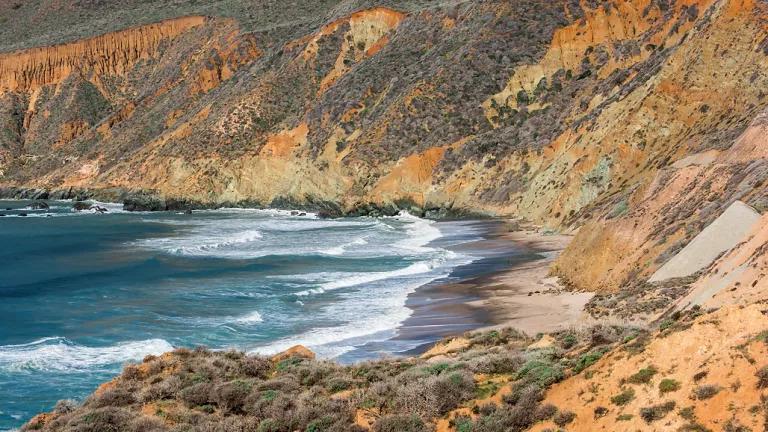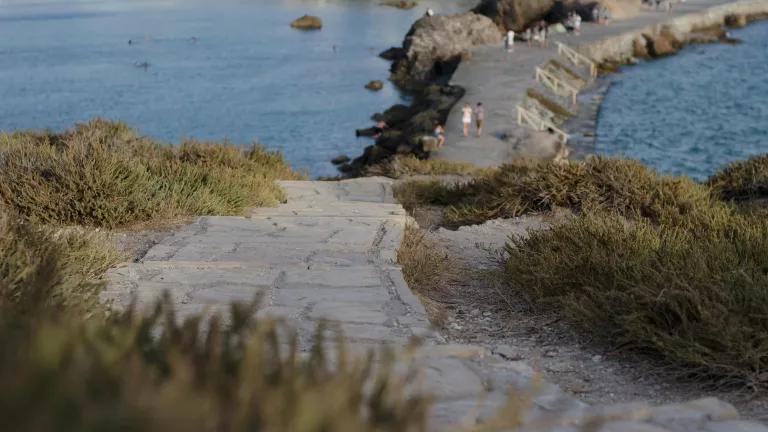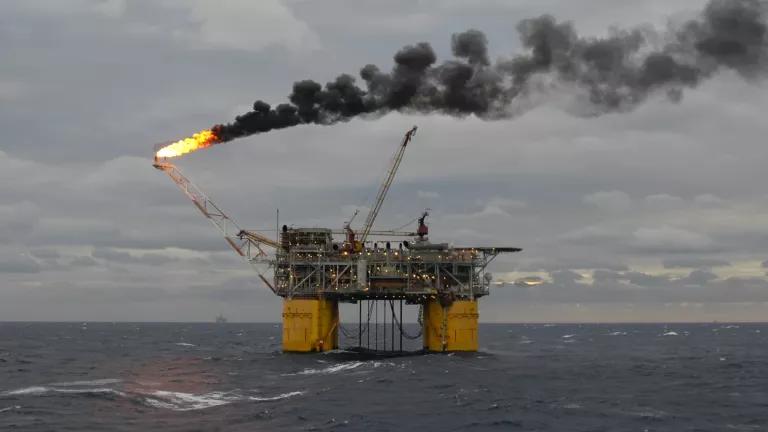We Need More and Better Ocean Protection for All
A landmark assessment of U.S. marine protected areas calls out significant gaps in our nation’s ocean protections.
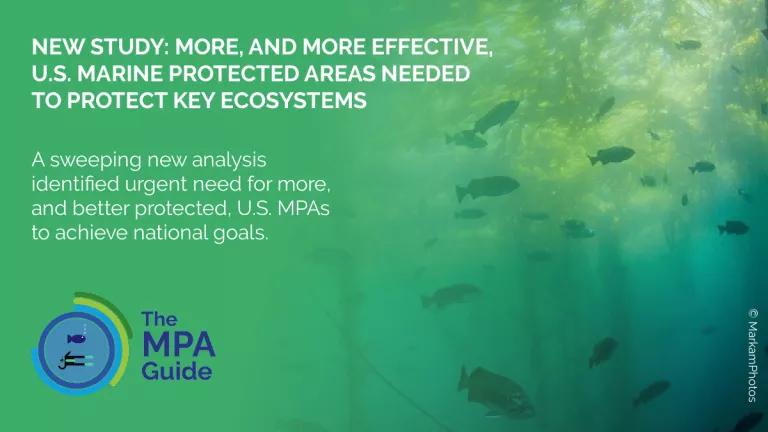
A landmark assessment of U.S. marine protected areas (MPAs) calls out significant gaps in our nation’s ocean protections, leaving most U.S. ocean waters and the wildlife they support vulnerable to a rapidly changing climate. This paper, A Scientific Synthesis of Marine Protected Areas in the United States: Status and Recommendations, evaluates the country’s 50 largest MPAs—which make up 99.7 percent of our protected ocean—and finds that most do not meet the needs of the urgent call-to-action known as 30x30.
President Biden and Governor Newsom answered this call and, respectively, set the U.S. and the state of California each on a path to conserve 30 percent of lands, inland waters and ocean areas by 2030—committing to a simple, but powerful solution to the interrelated crises of climate change and biodiversity loss that threaten our world community.
If it was just about the number, the U.S. would almost be there. This paper shows 25.2 percent of U.S. waters are fully or highly protected, theoretically leaving us about five percent shy of reaching the 30 percent conservation target.
But it is not just about a number. It’s about meaningful ocean protection in all regions of our country and protections that will benefit everyone. This means that protecting a variety of ecosystems and supporting equitable access to nature for all are just as important as the number. In other words, quantity and quality matter when it comes to protecting the ocean.
Quality of protection
There are many names for MPAs around the United States, and while many offer some conservation benefit, few of America’s continental MPAs offer a high enough level of protection to conserve marine biodiversity and support climate resiliency. Imagine a walk through your favorite National Park and seeing industrial-scale harvesting of natural resources, scarring the unique landscape of the Park in the process.
Open to bottom-trawling and other types of commercial fishing, this type of activity is happening in many of our ocean "parks". And while it may be out of sight and easy to ignore, the benefits these areas offer in terms of protecting marine biodiversity and enhancing climate resilience are far fewer than if they were effectively protected.
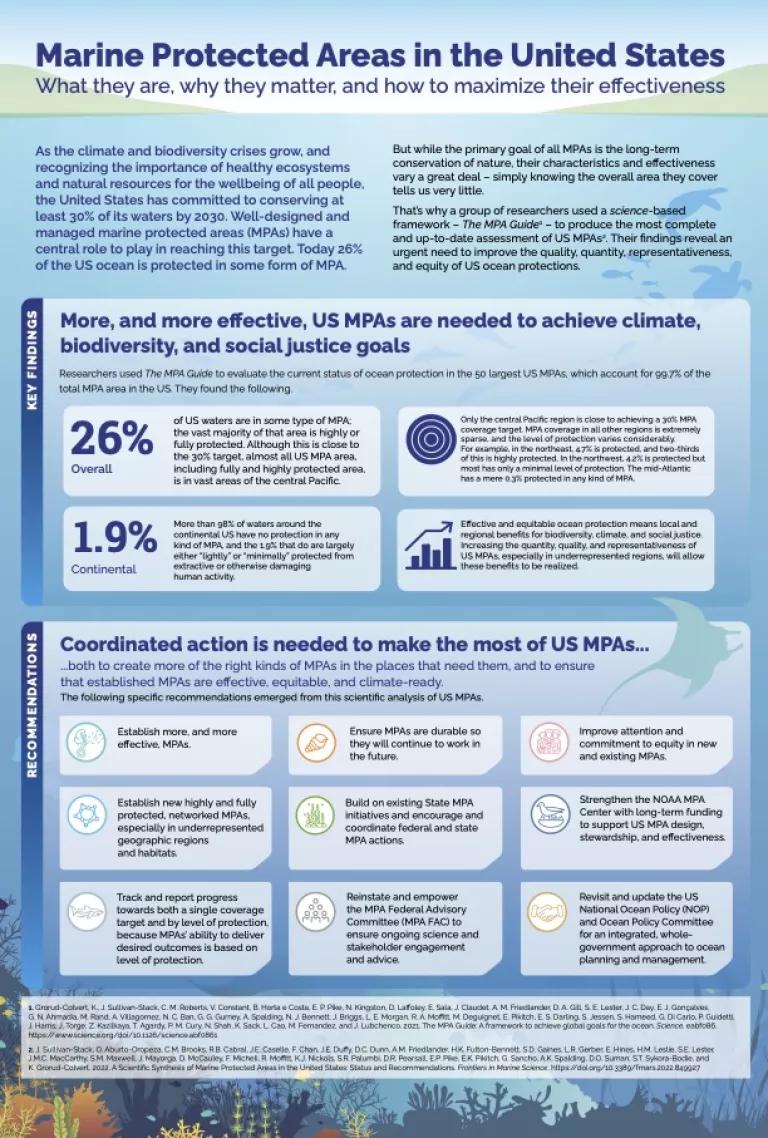
Protecting more places
The vast majority of our waters that do have a high level of protection are concentrated in the central Pacific, providing refuge to corals, sea birds, marine mammals and many other species found nowhere else in the world. These unique and beloved waters surrounding Hawai'i, Guam, American Samoa and the Northern Mariana Islands are undoubtedly important and worthy of protection. However, as Russell Moffitt, a co-author on this paper, said, “We can’t put all our eggs in one basket in the central Pacific and expect to conserve marine biodiversity throughout our ocean.”
We have an amazing diversity of ecosystems along the rest of America’s coastline which are also vulnerable to the same issues 30x30 aims to address. The seagrass beds and reefs bordering Florida and the Southeast, mid-Atlantic canyons, biodiversity hotspots in the fast-warming waters of the Gulf of Maine, Pacific coast kelp forests and seamounts—all are home to unique marine life that support a healthy, resilient planet and deserve to be considered for effective protection.
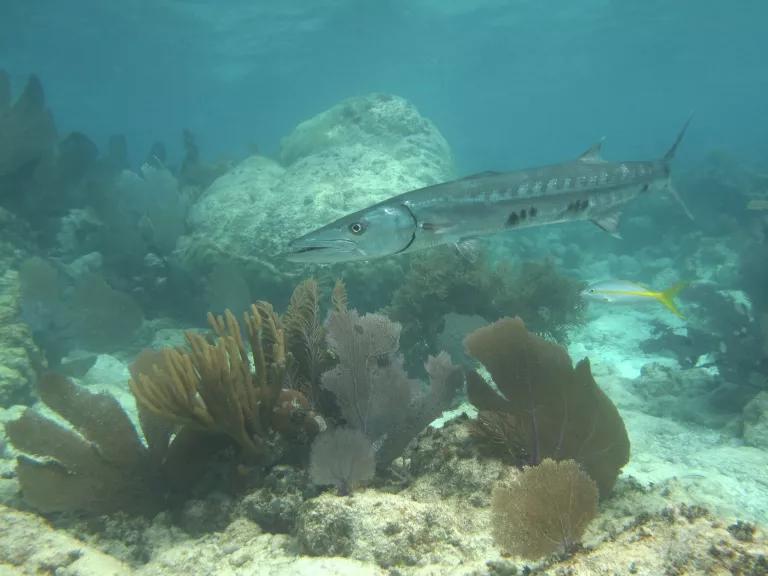
Coral reef in the Florida Keys
Anupa Asokan
Committing to equity
Protecting more areas across regions will also support the commitments to equitable and expanded access to nature found within both President Biden’s national 30x30 initiative and California Governor Newsom’s state-level commitment to 30x30. Currently for anyone in the continental U.S., less than 2 percent of our ocean is protected in any kind of MPA and much of this lacks meaningful level of protection. The leadership and commitment to conservation of Pacific Island communities has been crucial to establishing the largest proportion of ocean areas that have strong protection. By creating and/or strengthening MPAs in other geographic areas, more communities will share in the promise of stewardship for future generations and enjoy the benefits protected areas offer nature and society.
30x30 is about protecting nature, but ultimately, this effort protects us and our ability to enjoy and experience what nature has to offer by letting special places thrive, free of industrial activities, building climate resilience and helping stave off a mass extinction on our planet. To truly serve as a solution to the climate and biodiversity crises, 30x30 must be implemented meaningfully. We must protect the full range of areas that make America beautiful, from land to the depths of the sea, for the benefit of everyone.

